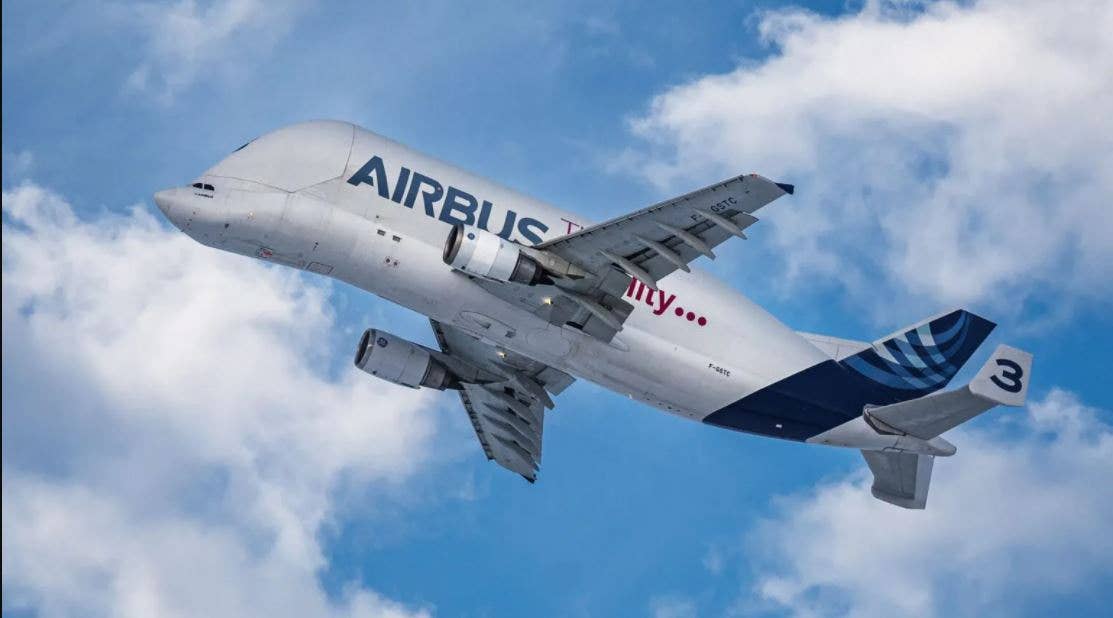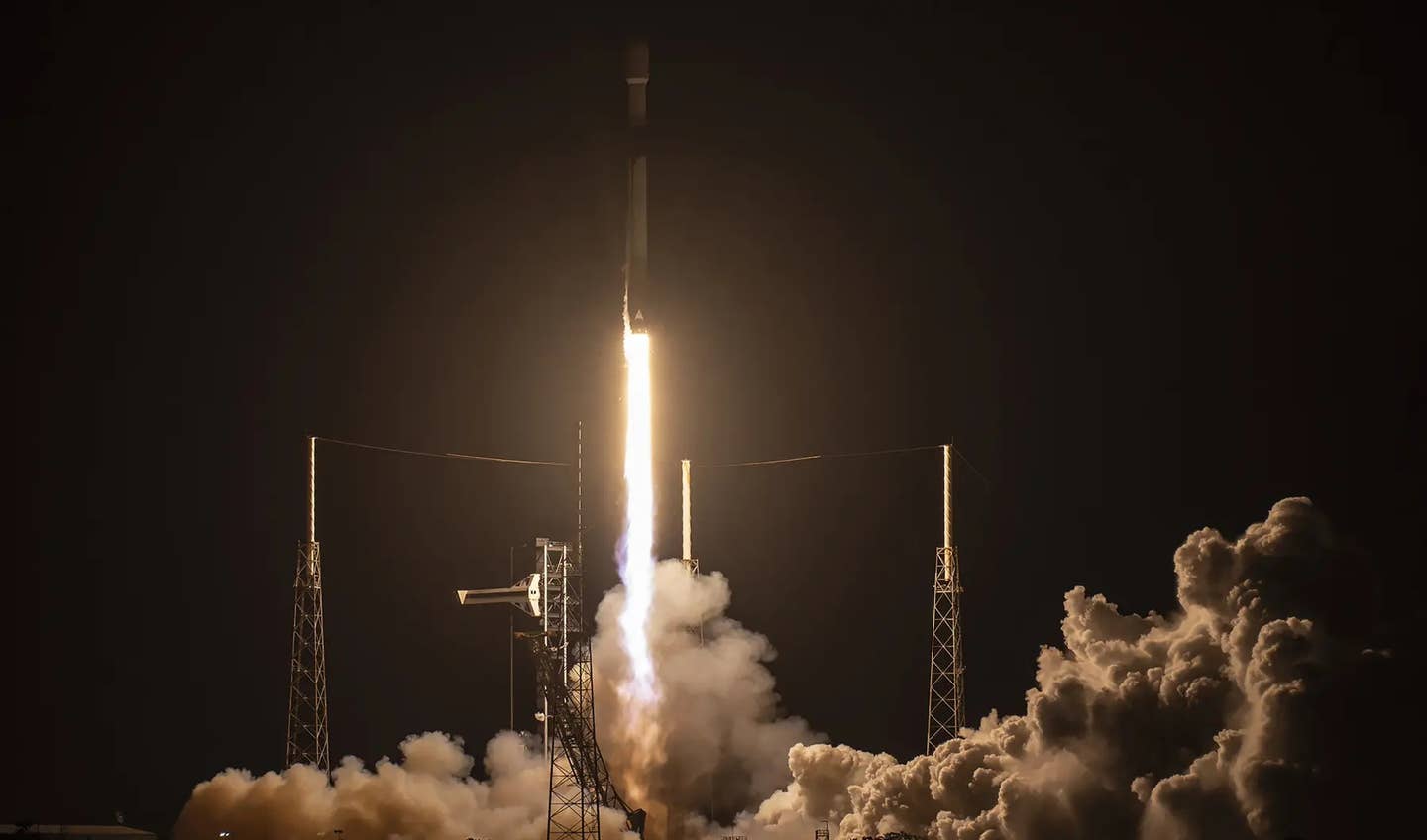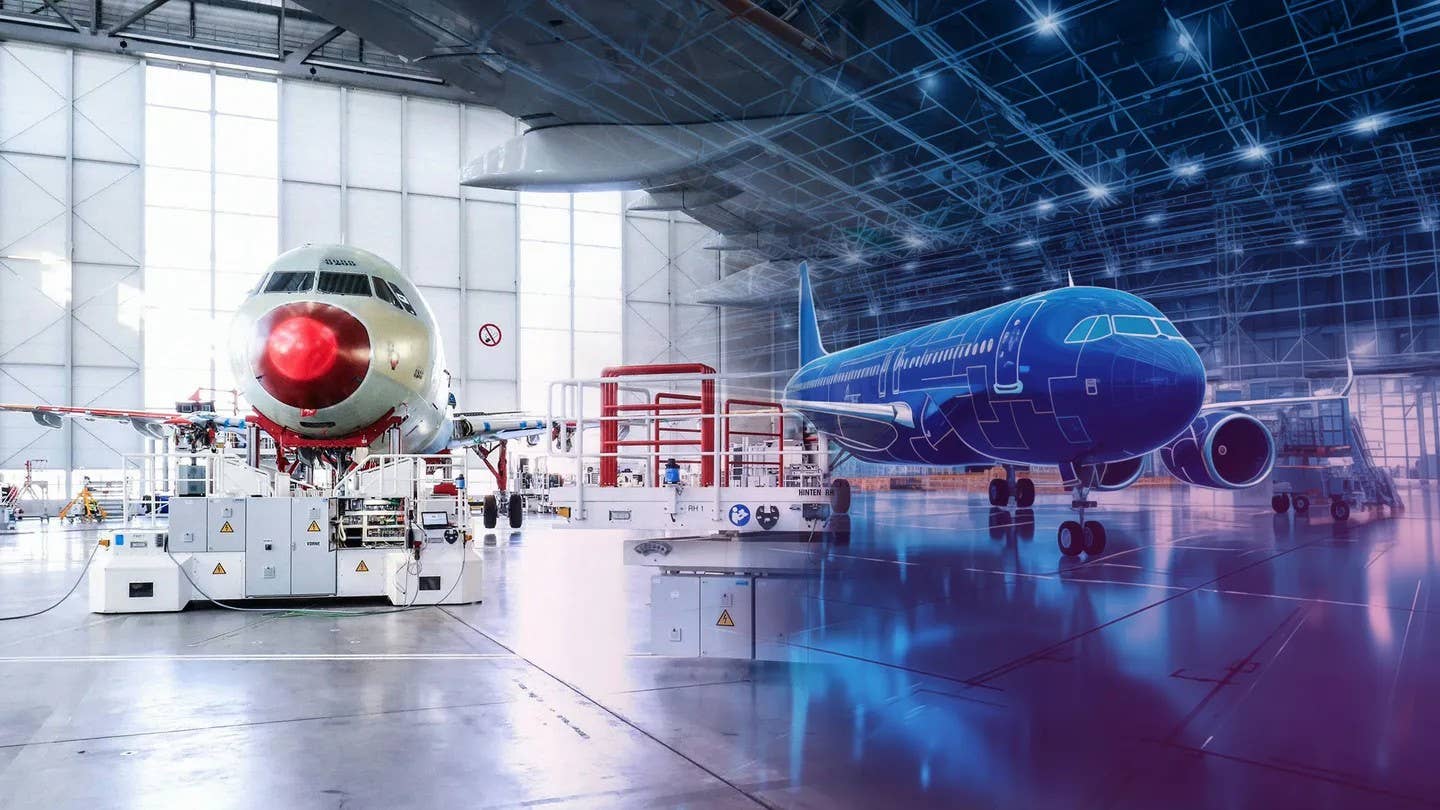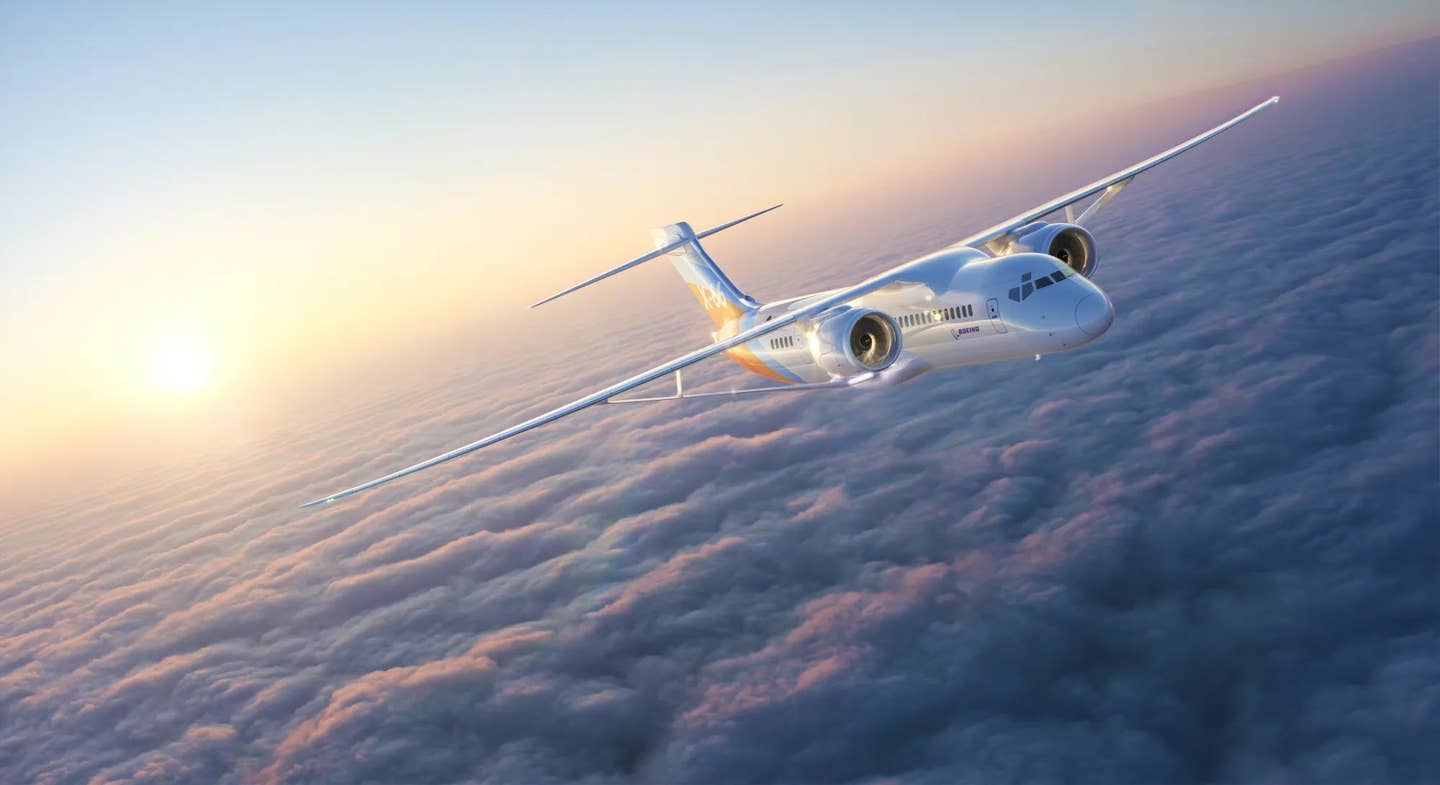Airbus Launches Cargo Airline with Whale-Shaped Super Transporter
Specialized Beluga freighter that ferries aircraft components will be available for hire by the general market.

Airbus’ super freighter mimics characteristics of the beluga whale. [Courtesy: Airbus]
Editor’s Note: This article originally appeared on FreightWaves.com.
Airbus said Tuesday it is commercializing its in-house fleet of Beluga supersize jets used to transport large aircraft components between manufacturing sites to offer logistics companies and other organizations airlift for outsized shipments.
The iconic airplanes are designed in the image of the beluga whale, with its distinctive bulbous forehead.
The new service—Airbus Beluga Transport—will serve commercial customers with large cargo transport needs in a variety of sectors, including space, energy, military, aeronautic, maritime, and humanitarian aid. With the largest interior cross-section of any transport-category aircraft in the world—including the Antonov An-124—the Beluga is well-suited for heavy-lift applications. It can accommodate cargo with a width of 23.3 feet and height of nearly 22 feet.
Demand for large aircraft able to handle project cargoes—mining equipment, power generators, trucks, satellites, and cranes—has increased since COVID-19 because the extra-large freighters are being pressed into more frequent duty hauling general cargo. This is the result of the widespread grounding of passenger fleets, which eliminated a large amount of cargo capacity, industry executives say.
The aircraft manufacturer said it is replacing its five Beluga ST aircraft for internal moves with six new Beluga XLs to support ramped-up airliner production. As the unique jets—based on the A300-600 design—are phased out, they will be handed over to a newly created subsidiary airline with its own operating certificate and staff.
The first contract was executed at the end of 2021 with a delivery from Airbus Helicopters’ manufacturing site in Marignane, France, to Kobe, Japan, for an undisclosed customer. The Beluga super transport stopped to refuel in Warsaw, Poland; Novosibirsk, Russia; and Seoul, Korea.
“The Beluga’s wider cross-section will open up new markets and new logistical possibilities for customers. In the case of loading helicopters—not having to dismantle them first—really is a plus. Similarly, the largest commercial aircraft engines can be accommodated in a fully dressed configuration,” said Phillippe Sabo, the head of Air Oversize Transport in the announcement.
To maximize the BelugaST’s turnaround capability for its targeted international customer base, new loading techniques and equipment are being developed for the operation. The solutions include an automated on-board cargo loader for deliveries where a loading/unloading platform is not available at the origin or destination airport.
“The new airline will be flexible and agile to address the needs of external worldwide markets,” Sabo said.
Airbus has relied on the Beluga transport aircraft to carry fuselage sections, wings, and tails between manufacturing and assembly plants for its single-aisle A320 family, as well as the A330 and A350 widebody aircraft.
It previously offered ad hoc charters to third parties depending on availability, but Airbus Beluga Transport will now be a full-time contract carrier.
The An-124 is the closest commercial competitor to the Beluga. It was created to transport unique and oversized cargo for complicated logistics projects, with capacity for 120 to 150 tons. With an internal crane system and two cargo-loading entrances for out-of-gauge shipments, it is self-sufficient when it comes to on/offloading.
Ukraine-based Antonov Airlines operates seven Antonov An-124 freighters, plus one An-225—the largest cargo airplane in the world with a payload capacity of 225 tons. (The An-225 Mriya technically has the largest cross-section of any plane, but is only activated irregularly.) Volga Dnepr has a fleet of 12 An-124s. Maximus Cargo operates one An-124.

Sign-up for newsletters & special offers!
Get the latest FLYING stories & special offers delivered directly to your inbox






